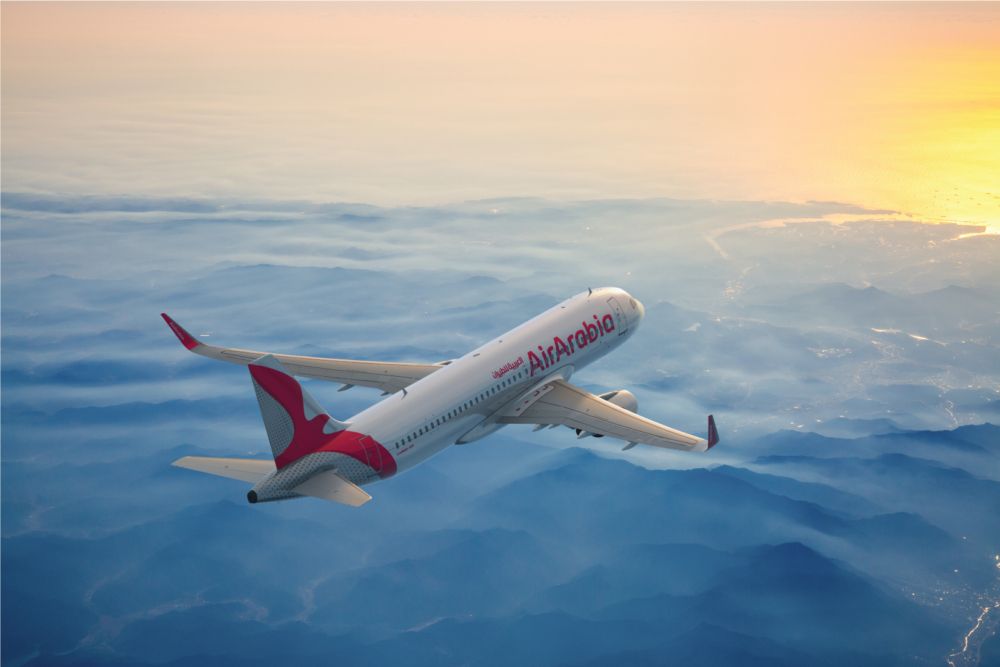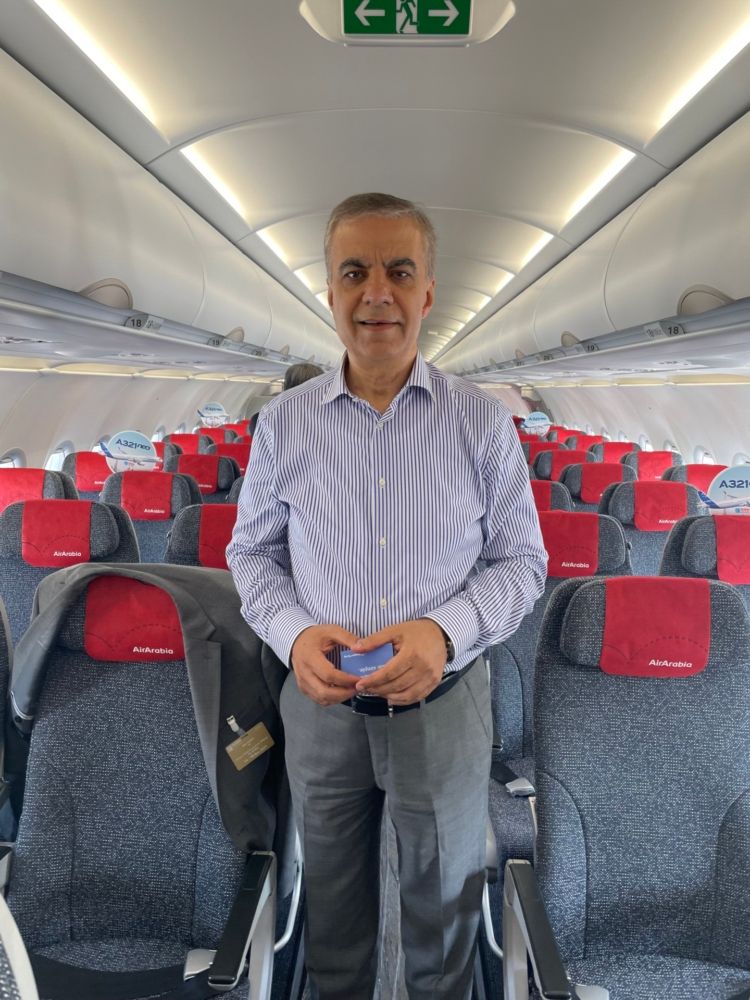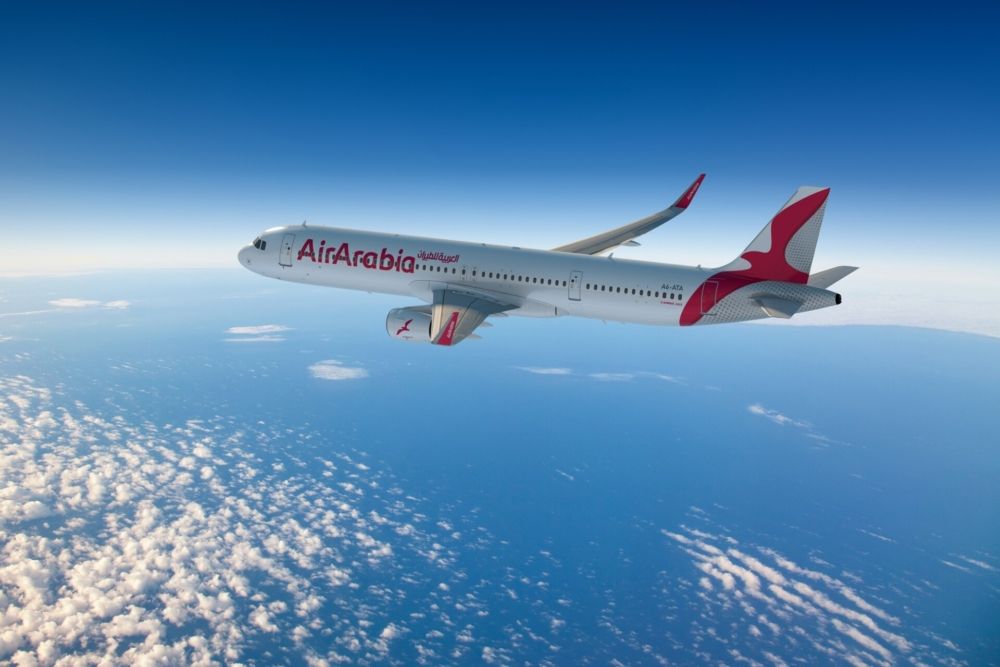For many years, Air Arabia has built out its business by establishing joint ventures in other countries. From Egypt to Morocco and, most recently, Abu Dhabi, having a foothold in many nations put the airline in a strong position through the worst of the COVID crisis. Now, two more subsidiaries are set to launch – Pakistan and Armenia – and could be flying as soon as Q2, 2022. We caught up with Adel Ali, CEO of Air Arabia, to find out more about this strategy.
The many joint ventures of Air Arabia
The Air Arabia business model is an interesting one. Launching subsidiaries is nothing unusual, but for Air Arabia, it’s all about working alongside joint venture partners and developing new airlines in key areas. As well as the primary Air Arabia airline, famously the first low-cost airline in the Middle East and based out of Sharjah, the wider group has already established the following joint venture subsidiaries:
- Air Arabia Maroc – established in 2009 in partnership with Moroccan investors, the low-cost operates out of Casablanca with a fleet of nine A320-200s.
- Air Arabia Egypt – launched in 2010 as a joint venture with Travco Group, an Egyptian travel and tourism company. It flies four A320-200s out of Alexandria Borg el Arab International (HBE).
- Air Arabia Abu Dhabi – In partnership with Etihad, Air Arabia Abu Dhabi operates a fleet of two of its own A320s plus one wet leased in from the parent company. Flying out of Abu Dhabi International, it was launched in July 2020.
Having so many subsidiaries based out of different countries gave Air Arabia an interesting standpoint from which to view the effects of the COVID pandemic. With the level of inconsistencies between countries in terms of border restrictions and travel requirements, having feet in a variety of countries has proven to be a powerful position. CEO of Air Arabia, Adel Ali, explained to Simple Flying on the sidelines of the Dubai Airshow,
“More or less, they all performed the same. When one slows down, another one comes up and so on. When we were in total lockdown here, Morocco was open. Then, when we opened up, they locked down. And Egypt comes in the middle somewhere.
“At the time, it looked dreadful. But when you reflect, there were some good things to learn. And, equally, the business has done under the circumstances relatively well. I was always confident that when it came back, it would come back fast. And that’s probably the only time in my history I was right.”
Ali noted that there was always an underlying pent-up demand. At any point that the main airline or any of the subsidiaries opened a new route, demand for that route was through the roof. The problem was that, with varying positions on entry requirements and the number of flights allowed to operate, Air Arabia simply couldn’t open routes fast enough.
The new joint ventures in the pipeline
The joint venture strategy seems to work well for Air Arabia, even in the currently unstable environment. Earlier this year, the airline announced its intention to open two new subsidiaries, one in Pakistan, another in Armenia.
For Pakistan, the airline is working towards the launch of Fly Jinnah, a joint venture with Lakson Group. The airline will serve domestic and international routes from Pakistan. In Armenia, the airline will be called Fly Arna, and is launching in partnership with the Armenian National Interests Fund (ANIF). Ali noted that he is feeling confident about the success of these new ventures,
“Just the fact that we're doing it means we must be feeling good, and that we have high hopes for them. One needs a good, reliable airline to represent Armenia. For Pakistan, it’s a country with over 200 million people and a sizable domestic market … we hope that it will perform well.”
In terms of the timeline, Air Arabia doesn’t hang about when it makes such plans with its joint venture partners. Ali noted that the two subsidiaries could well be flying within the next six months, saying,
“If all goes well - and there are teams working on the process of the documentation and AOC and the technical requirements and recruitment - one would hope [to fly] by the second quarter of 2022.”
So far, Air Arabia has proven to have a nose for an underserved market, but not all its joint venture airlines have fared equally well. Fly Yeti was a short-lived subsidiary in Nepal back in 2007, while Air Arabia Jordan had a good couple of years, but shut up shop in 2018. Nevertheless, the rest of the joint venture clan has performed surprisingly well, and it’s proving to be a model that has helped the airline ride out the worst of the pandemic.




